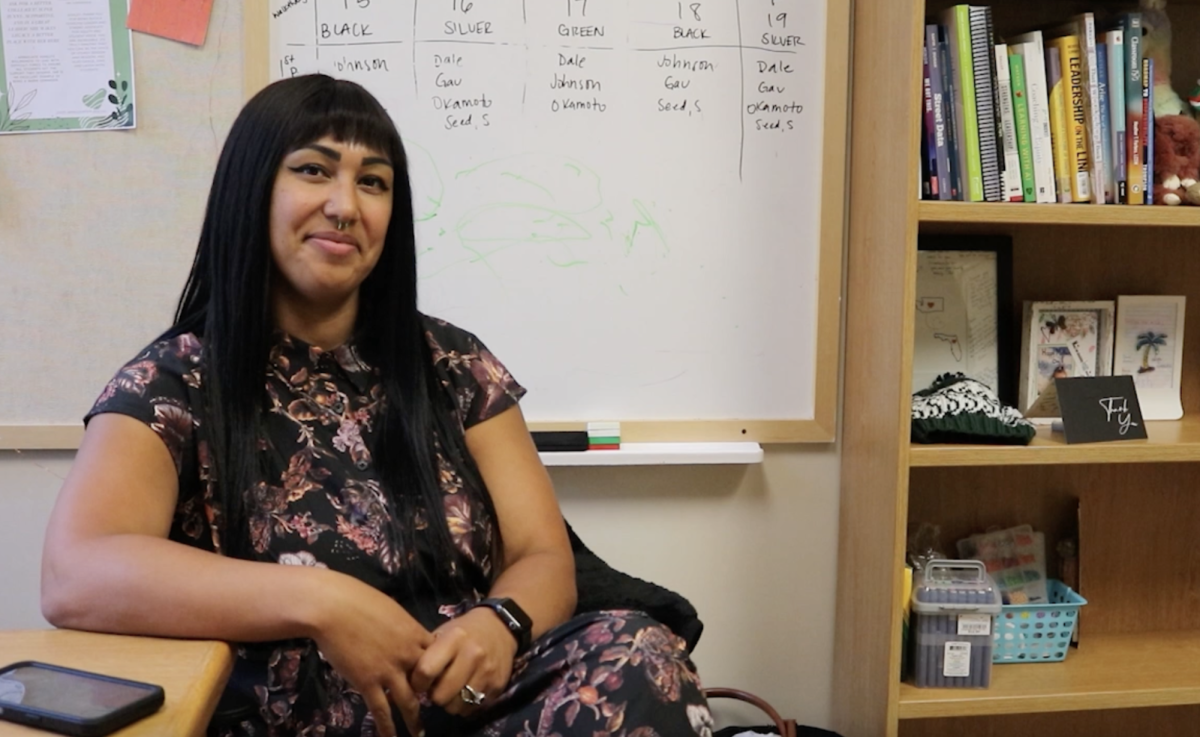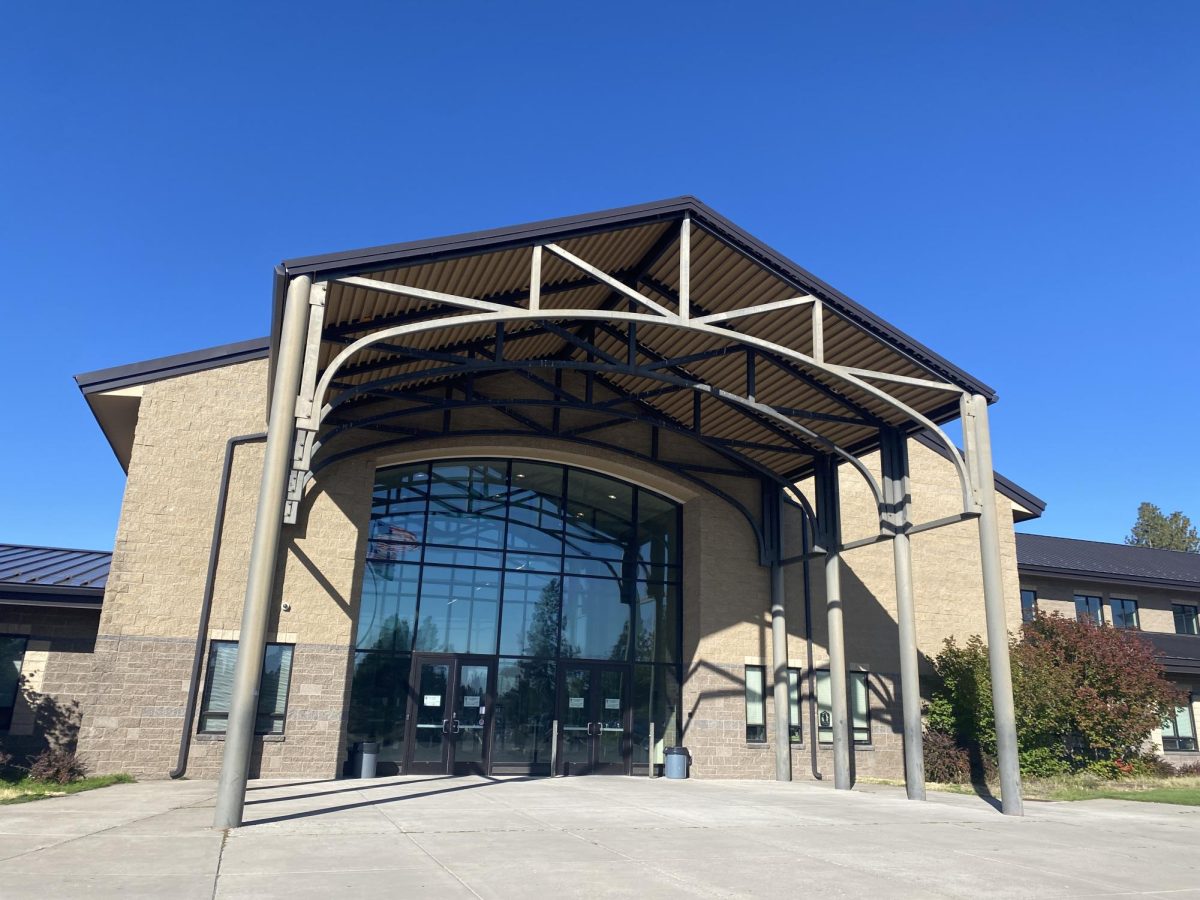It’s late at night, and after hours upon hours of studying, you still don’t understand the material for your upcoming AP test. You text your clueless friends for help, but they don’t get it either. Normally, you’d be able to give up and ask your teacher the next day, but they aren’t there; instead it’s a substitute who is just as confused as you are.
April and May combine to make a crucial period in the school year for upperclassmen. With AP tests and finals on the horizon, many students are clinging onto every word their teacher says in order to prepare themselves. But with a surge of teacher absenteeism this year, students are feeling lost.
Teacher absences nationwide significantly increased after COVID-mandated online classes during the pandemic. Teachers who take longer leaves, while necessary, set their students up for confusion on costly AP content. It’s been proven that “substitutes are not nearly as effective in promoting student learning.” This theme has been common at Summit lately.
This semester, many AP Chemistry students were left in the dark as their teacher took paternity leave for the rest of the year. Many students struggle as a result of uncontrollable teacher absences, even with the best of preparation. Originally, there was a very qualified substitute teacher planned to take over for the rest of the year. But after they backed out, the AP Chem classes have been going through a string of short-term replacements.
Most interesting of all, AP Chem students and their families received a letter from Principal McDonald that, in summary, apologized for the inconvenience and advised them to study as much as they could on their own. Study tools such as ChatGPT and other AI platforms were suggested.
“We have to teach ourselves everything now,” said junior and AP Chem student Clare Crawley. “I understand that [the Chem teacher] needed to take a leave, but now we’re all confused about the curriculum.”
This predicament isn’t at the fault of the substitutes themselves. Substitute teachers at Summit aren’t employed by the school, but by the High Desert Education Service District (HDESD). This means that substitute teachers go in not knowing much about a particular class, as they are on-call employees, often taking jobs at the last minute.
Neither is it the fault of teachers. In a profession that is so reliant on being present, prolonged leaves of absence are complicated. Paternal leaves are absolutely necessary, and should be approached with understanding and sympathy by employers. Leaves should be taken as leaves, meaning they are no way involved with their job during that period of time. Yet it is still the responsibility of teachers to leave lesson plans that set both the substitutes and students up for success.
Sarah Warsaw, a humanities teacher at Summit, had a very positive experience when searching for a sub. Warsaw was able to take paid maternal leave under the Paid Leave Oregon law, which guarantees paid leave for eligible employees under the circumstances of birth, family health issues, personal health issues or violence and sexual assault.
With this, she ensured that her sub, Tyler Crowder, would go in prepared to teach the AP Human Geography and U.S. History classes.
“I felt really confident that the students and the content would be in good hands,” said Warsaw.
Crowder was able to easily adapt to Warsaw’s classes, setting the standard of a smooth transition between teachers and substitutes. Despite his persistent involvement at Summit, Crowder is still not an employee of the school.
Jylan Maloy, a language teacher at Summit, has taken multiple shorter-term leaves throughout the year— none of which were anticipated. Given this circumstance, it was difficult for her to find substitutes who were qualified to teach high level language courses.
“I had all my modules built in Canvas. And of course, it still doesn’t take away from that awful feeling a teacher has that you’re short-changing your students,” said Maloy. “There comes a point where you would hope that your administration and your school district are stepping up and making sure that the substitute pool is properly qualified to cover your classes.”
While teachers are on leave, they are not obligated to micro-manage their substitutes. Teachers should feel confident that their students are being properly taken care of in these situations.
“It’s not really my job as a staff member to manage a substitute. I’m not their boss,” said Summit art teacher Jessie Dale.
Dale has had many issues with substitutes and maternity leave. In 2016, she began at Summit as a long-term substitute for the ceramics class. She was then offered a permanent position, and was to start at the beginning of 2017. Pregnant at the time, she made it clear to the school that her baby was due early in the year. And when she had the baby, the school told her she would not be allowed to take maternity leave or receive health insurance because she had not yet been an employee for 30 days at that point. Despite working as a long-term substitute teacher for nearly four months, she was forced to start her job with a 20-day-old baby.
“Coming back to work with a baby was so difficult,” said Dale. “It’s not fair to ask a staff member to miss their already too short, inadequate personal leave to compensate for these kinds of issues.”
In order for teachers, students and substitutes to have a positive experience in the event of a long term leave, all groups must be properly cared for. Teachers should be able to take care of themselves away from work, while also ensuring that their students are cared for.
This approach is one that should be practiced in all schools. That way, teachers, substitutes and students are all taken care of, and no one has to worry about insurance, adequate leave, a stable job or their own quality of education.
































